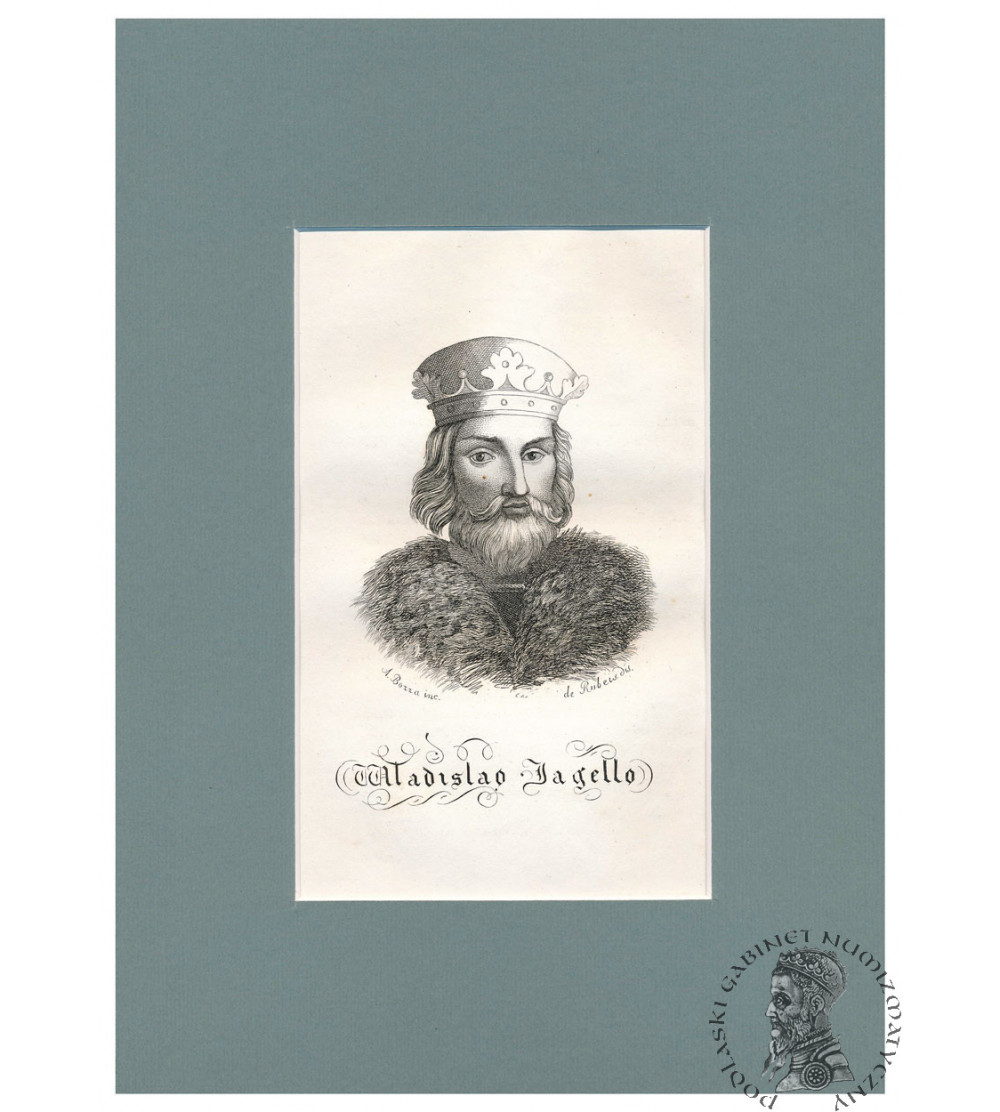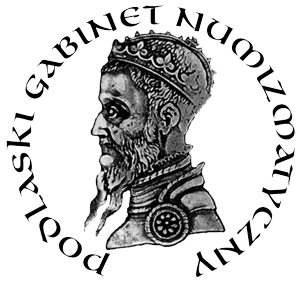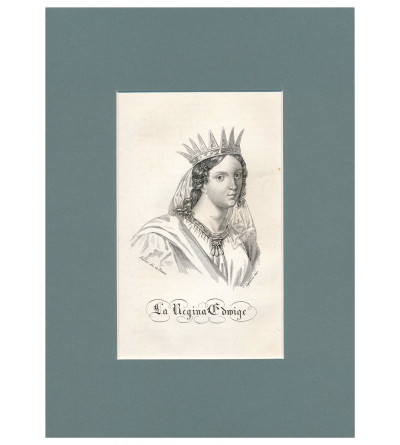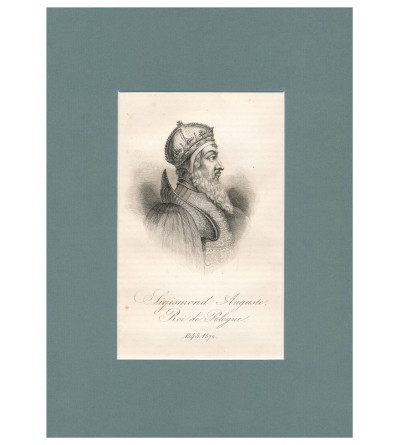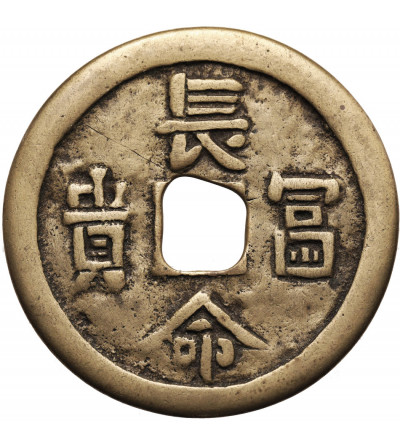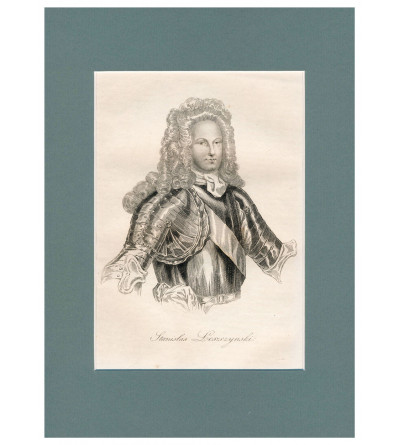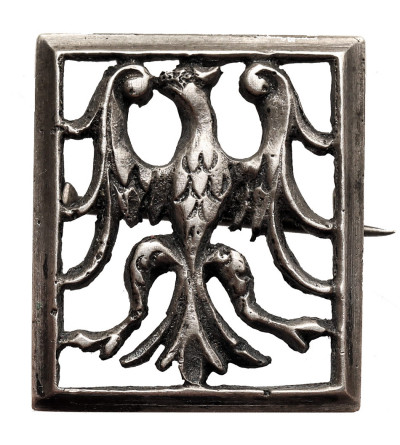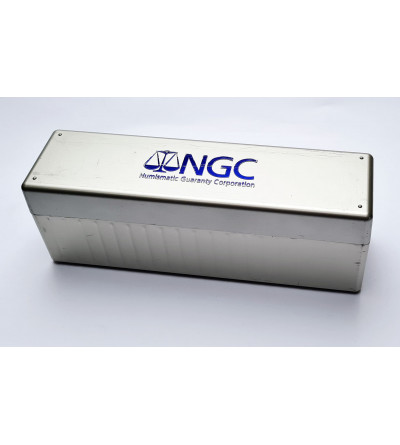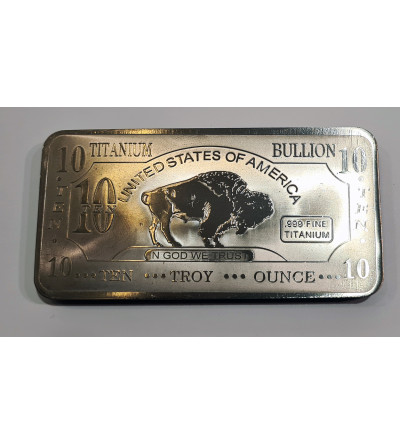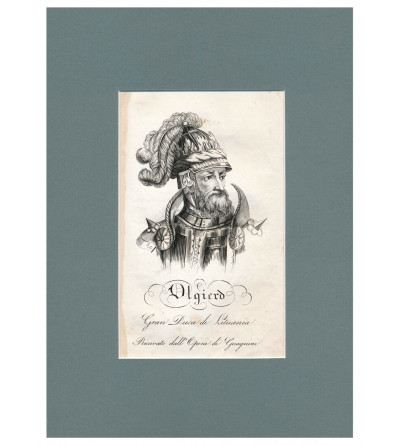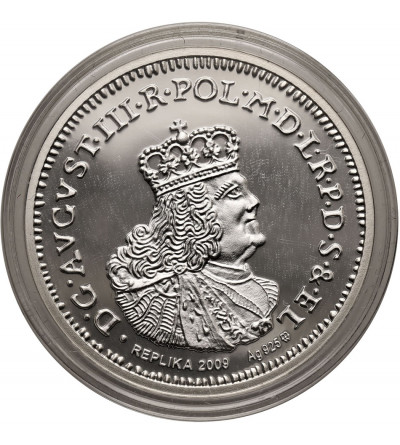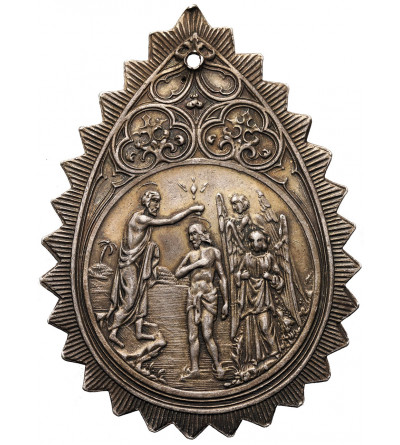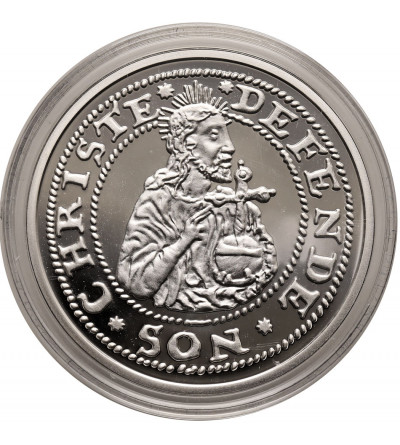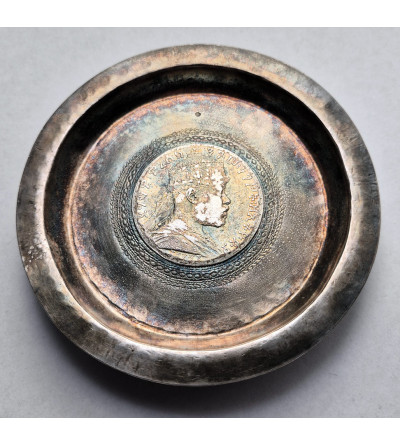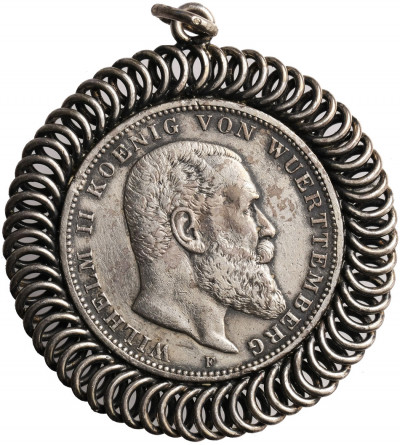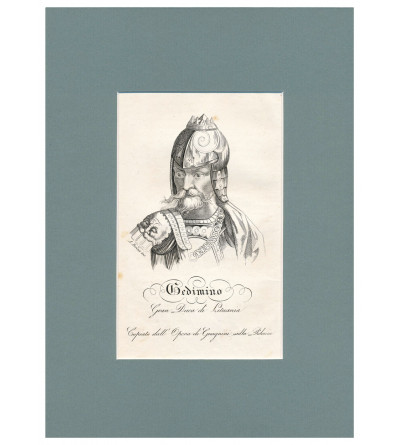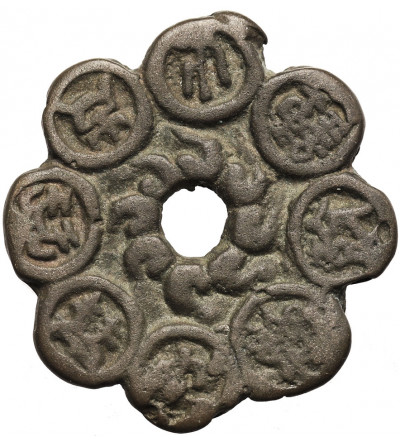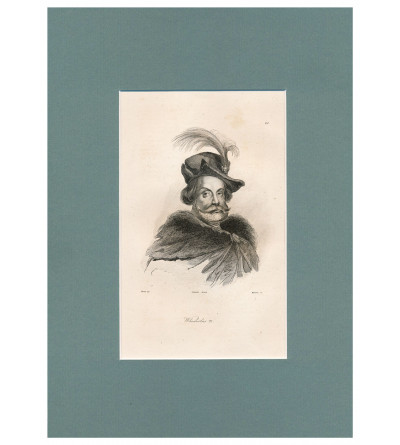Ladislaus Jagiello (c. 1362-1434). Founder of the Jagiellonian dynasty. Ladislaus II Jagiello (born c. 1362, died June 1, 1434) - Grand Duke of Lithuania from 1377 and King of Poland from 1386. A descendant of the Lithuanian family of Gediminas and founder of its Polish branch, the Jagiellonian dynasty. Jogaila was one of more than a dozen sons and a total of more than twenty children of Grand Duke Olgierd. It used to be claimed that he was born around 1352, but in more recent scholarship this date has been pushed back by a decade. Although Jagiello had older brothers and half-brothers, he took over the throne from his father as a teenager. He had to share power with his uncle Kiejstut, and then his cousin brother Witold. He probably had the former assassinated, while with the latter he engaged in years-long battles. His mother was a Christian, and Jagiello himself showed tolerance to followers of Catholicism and Orthodoxy. In 1385 he was invited to the Polish throne and made a number of promises in Krewa related to his planned marriage to the underage Jadwiga Andegawenska. In early 1386, he arrived in Poland. On February 15 he was baptized at Wawel Cathedral, on February 18 he married Jadwiga, and on March 4 he was crowned as the new king. The treaty resulted in a personal Polish-Lithuanian union, the nature of which was clarified in 1401 (the so-called Vilnius-Radom union) and 1413 (the Horodle union). Jagiello - who took the name Wladyslaw at his baptism - led the Christianization of the last formally pagan country in Europe. His reign was marked by almost permanent conflict with the Teutonic Order, which did not recognize the union, and the conversion of Lithuania. In 1410 the king took part in the victorious Battle of Grunwald, and in 1411 he concluded the Peace of Torun with the Teutonic Knights. Subsequent wars occurred in 1414 (the "Hunger War"), 1419 (the "Reverse War"), 1422 and 1431. The king was known for his simplicity of dress, strict customs and superstitiousness. Because he ruled the country on constant travel and traveled thousands of kilometers each year, he is referred to as rex ambulans, the wandering monarch. Ladislaus Jagiello married four times, but he experienced personal happiness only in his third union. His relations with Jadwiga Andegawenska and Anna Cylejska were cool and filled with suspicion. Truly successful, but also very short-lived, was the relationship formed with the king's old friend and godsister, Elisabeth of Pilcza. Neither of these partners bore the ruler a son. The heirs to the throne - Ladislaus Varna and Casimir Jagiellon - were not born until the last years of Ladislaus Jagiello's life. Their mother was the Ruthenian princess Sophia Holshanskaya. source: wielkahistoria.pl
,,STORIA DELLA POLONIA" BY BERNARDO ZAYDLER - HISTORY OF POLAND IN PICTURES TOLD TO ITALIANS. The title of the work Storia della Polonia fino agli ultimi tempi scritta dal dottore Bernardo Zaydler Polacco membro della Regia Società degli Amici delle Scienze in Warsavia, e di pare-cchie accademie letterarie italiane can be translated as "History of Poland until the last times written by Dr. Bernard Zaydler, a Pole, member of the Royal Society of Friends of Sciences in Warsaw and similar literary academies in Italy." It was published in the Florentine outhouse V. Batelli e Figli, in 1831, that is, during the November Uprising, when the Polish-Russian war was taking place on Polish soil. The "ultimi tempi" mentioned in the title, however, did not include the uprising, and the last chapter of the book was devoted to the flourishing Kingdom of Poland under Tsar Nicholas I, whose portrait precedes the title page of the publication. The book consists of two volumes, the first of which has 440 pages and the second 720. The work is illustrated with 107 charts, created in intaglio by Florentine printmakers based on contemporary and ancient engravings. There are also two maps depicting the borders of Poland: pre-partition and from 1831.As Jadwiga Jaworska matter-of-factly describes the book's illustrations, they are "flimsy engravings made by mediocre engravers" . Most of their authors are known mainly from this very publication and only their names, often without first names, fixed in signatures under the compositions, have survived to our times. These included: Corsi , Verico , Adamo Bozza , Nasi, Cignozzi. Among the illustrators appears the name of Francesco Pieraccini , about whom also little is known. Source: Kamilla Pijanowska, National Museum in Warsaw.
